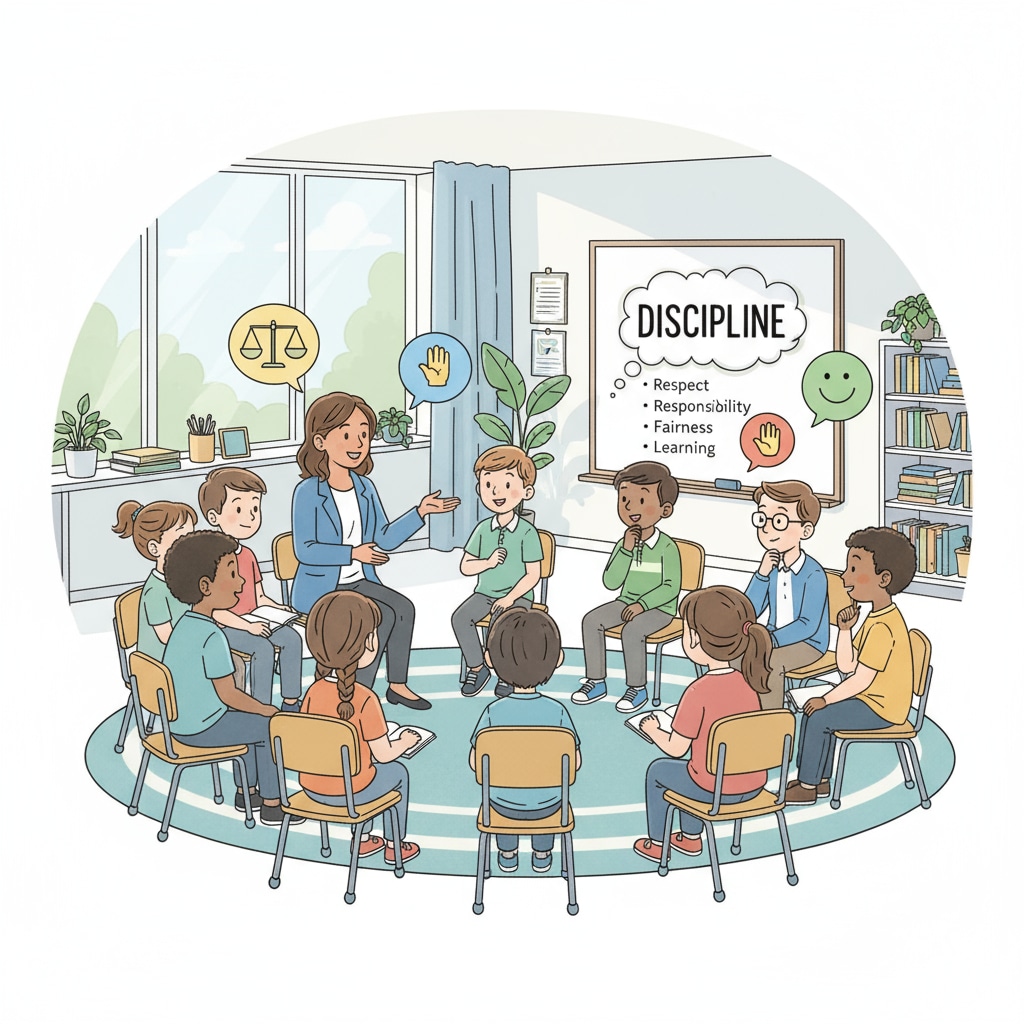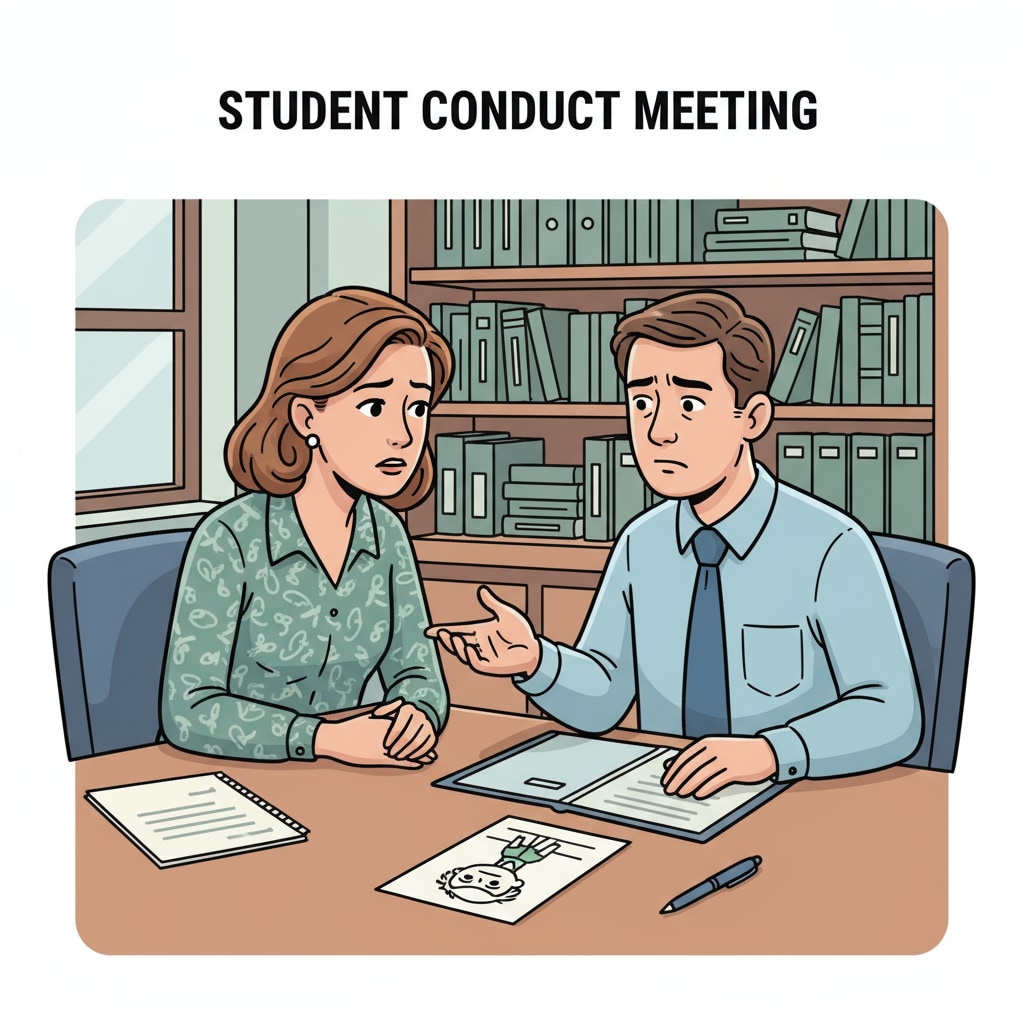In the realm of education, school discipline, parental demands, and restorative discipline are crucial aspects that school administrators must navigate carefully. The challenge lies in finding a balance between the expectations of parents, who often desire strict punishment for misbehavior, and the principles of restorative discipline, which focus on healing and growth. This article delves into real-life scenarios and effective communication strategies to provide practical solutions for school administrators.

The Clash of Expectations
Parents typically have high hopes for their children’s education and behavior in school. When a student misbehaves, many parents expect swift and severe punishment. However, restorative discipline takes a different approach. It aims to understand the root causes of the misbehavior and repair the harm done. This difference in perspective often leads to conflicts. For example, if a student bullies another, a parent might demand suspension, while the school’s restorative discipline policy would involve mediation and dialogue. American Psychological Association on School Discipline

Effective Communication is Key
Open and honest communication is essential in bridging the gap between parental expectations and restorative discipline. School administrators should start by educating parents about the principles and benefits of restorative discipline. This can be done through parent-teacher meetings, workshops, or informational brochures. By explaining how restorative discipline can lead to better long-term behavior change and a more positive school environment, parents may become more receptive. In addition, administrators should listen attentively to parents’ concerns. Understanding their fears and desires helps in finding common ground. Edutopia’s Insights on Restorative Practices
Another aspect is involving parents in the restorative process. When parents are part of the solution, they are more likely to support it. For instance, they can participate in mediation sessions or help create a behavior plan for their child.
Readability guidance: Short paragraphs and lists are used to summarize key points. Each H2 section provides a list of relevant ideas. The proportion of passive voice and long sentences is controlled. Transition words like ‘however’, ‘therefore’, ‘in addition’, ‘for example’, and ‘as a result’ are evenly distributed throughout the text.


